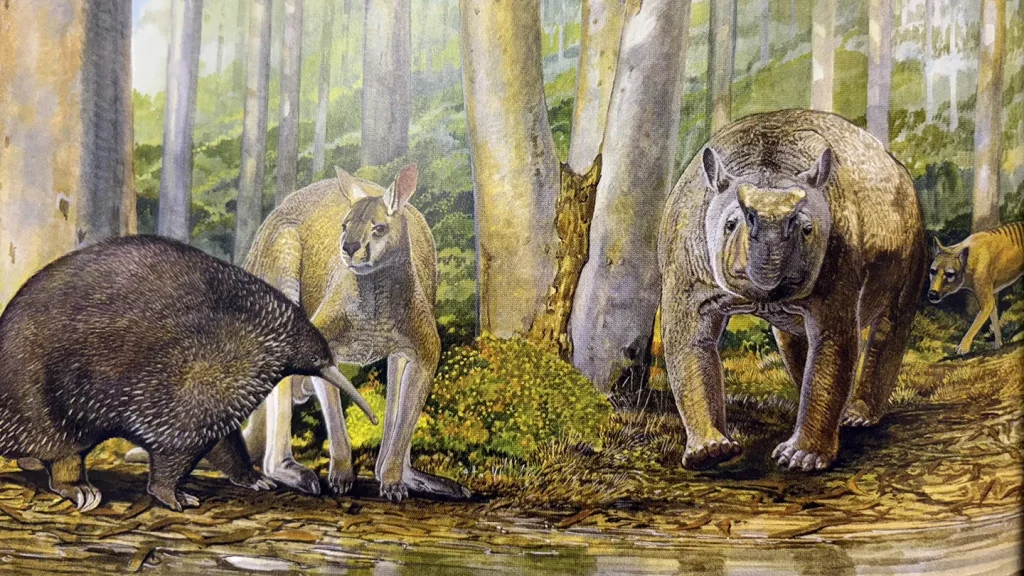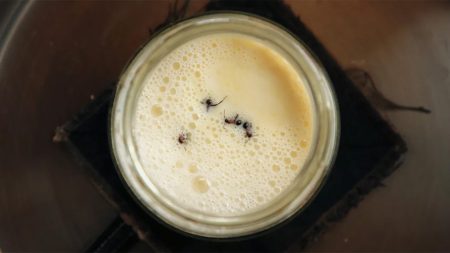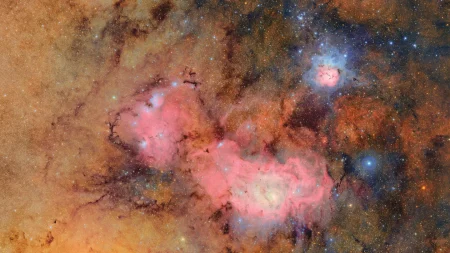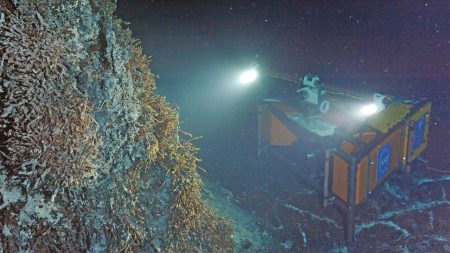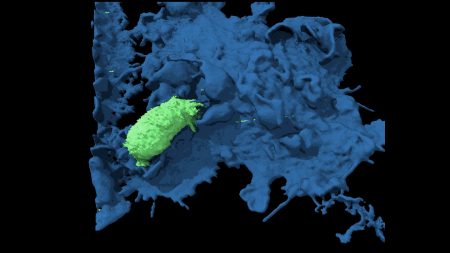Australia’s First Peoples: Paleontologists, Not Hunters of Extinction
For decades, a heated debate has raged over the role Australia’s First Peoples may have played in the extinction of the continent’s ancient megafauna. Were they responsible for hunting these magnificent creatures to extinction, or was their relationship with these animals more complex? A new analysis published in Royal Society Open Science challenges the long-held narrative of Indigenous people as extinction-driving hunters, suggesting instead they were more likely early paleontologists—collectors and traders of fossils with a deep appreciation for the natural world.
When humans first arrived in Australia approximately 65,000 years ago during the Pleistocene Epoch, the continent (then known as Sahul) was home to extraordinary megafauna—giant marsupials, enormous flightless birds, and monitor lizards reaching lengths of up to five meters. The traditional narrative often portrayed these early human settlers as responsible for the subsequent disappearance of these creatures. However, Michael Archer, a paleontologist at the University of New South Wales in Sydney, challenges this view emphatically: “We have millions of fossils of megafauna animals in museums all around Australia and not one of them provides evidence that any one of them was killed by a human. That’s not to say that it didn’t happen. All we’re saying is there’s certainly no evidence for mass slaughter.”
Central to this debate is a specific fossil—the tibia of an extinct giant short-faced kangaroo discovered in Western Australia’s Mammoth Cave in the early 20th century. As a graduate student in the 1960s, Archer found a curious V-shaped notch on the bone hidden beneath calcium carbonate deposits. In 1980, he and colleagues published a paper interpreting this mark as evidence of butchery by ancient humans. However, over the following decades, as similar claims about other fossils emerged that could be “easily explained by animal bites” and as Archer learned more about Indigenous land management practices, he began to question his original conclusion. “It’s been gnawing away at me for years,” he admits, highlighting the scientific integrity that led him to revisit his earlier work.
Using advanced technologies unavailable in the 1980s, Archer’s team conducted 3-D imaging and microscopic analysis of the notch on the kangaroo tibia. Their findings were revealing: nine deep cracks running through the bone, formed during fossilization, with another lateral crack made by the impact of the notch intersecting these cracks and stopping. This pattern strongly suggests the notch occurred after the animal was already dead and fossilized, not during butchery. The researchers propose an alternative explanation: the mark may have been made as curious First Peoples attempted to extract the fossil from the cave sometime after 55,000 years ago—evidence not of hunting, but of an early interest in paleontology.
The study also examined another fascinating artifact—a charm from northwestern Australia’s Derby region featuring the tooth of an ancient, wombatlike marsupial called a diprotodontid (Zygomaturus trilobus). This charm, believed to improve food availability, was gifted to one of the researchers. X-ray analysis revealed that the tooth closely matched others from the same species found in Mammoth Cave, suggesting long-distance trade and transportation of fossils by First Peoples. This finding adds to a growing body of evidence that Indigenous Australians collected, valued, and traded fossils across vast distances, incorporating them into their cultural practices and belief systems.
James McCallum, a First Nations paleontologist not involved in the work, emphasizes the importance of this perspective shift: “It should fundamentally shift the prevailing narrative from one of barbarous butchers killing indiscriminately, to one recognizing a sophisticated and interconnected conglomeration of societies, each with nuanced beliefs, customs and traditions. The value placed on symbolic art, trade and cooperation stands as testament to these networks, as evidenced by numerous fossils.” This reframing acknowledges the complex cultural and spiritual relationships Indigenous peoples maintained with the natural world, rather than reducing them to simple hunters of big game.
While archaeologist Michelle Langley of Griffith University welcomes the reexamination and agrees with the reinterpretation of the bone, she notes that the broader question of whether First Peoples hunted megafauna remains open. “We may simply have not found the site which will answer that question as yet, if there is one,” she cautions, reminding us that absence of evidence is not evidence of absence. This scientific humility acknowledges the ongoing nature of archaeological discovery and interpretation.
Archer hopes this research contributes to a more nuanced understanding of how Indigenous populations worldwide interacted with the animals in their environments. “We’ve got to stop assuming that [they] did these terrible things of obliterating these very precious animals on all those continents,” he says. “We should first suspect they weren’t the driver.” This perspective aligns with growing recognition of Indigenous peoples as sophisticated stewards of their environments, with complex cultural, spiritual, and practical relationships to the natural world—relationships that often fostered sustainability rather than destruction. As we continue to uncover and interpret evidence of ancient human-animal interactions, this research reminds us to approach such questions with cultural sensitivity, scientific rigor, and a willingness to revise our understanding as new information emerges.




